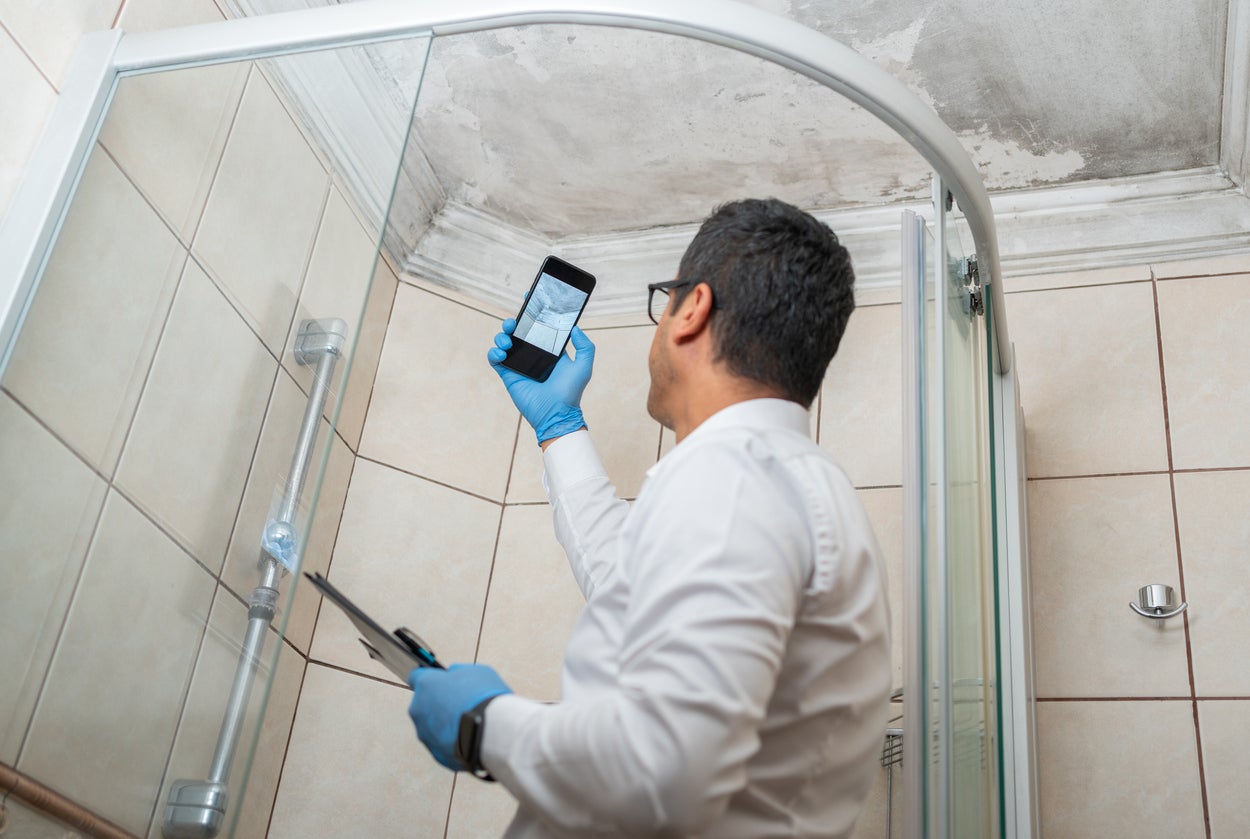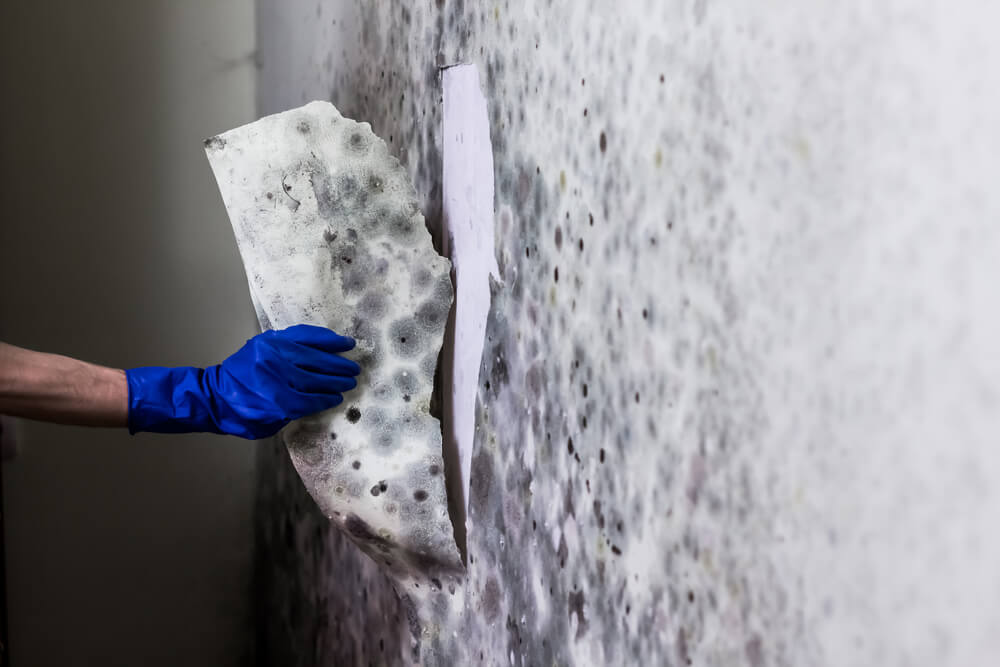Crafting a Thorough Post Mold Remediation Report
Crafting a Thorough Post Mold Remediation Report
Blog Article
Effective Blog Post Mold Removal Solutions for Your Home
Mold growth in homes can be a consistent problem, often needing an organized technique for effective post-remediation solutions. From understanding the elements that add to mold and mildew growth to implementing proper cleansing techniques and wetness control steps, the process can be complex yet important for preserving a healthy and balanced living environment. In addition, checking out all-natural remediation options and establishing a routine for recurring upkeep are crucial elements of an extensive mold and mildew removal strategy. As house owners make every effort to attend to mold and mildew concerns, finding the most effective solutions comes to be paramount for the wellness of their households.
Recognizing Mold And Mildew Growth Aspects
The primary aspect adding to mold growth is wetness. Mold spores call for moisture to sprout and flourish, making humid or moist atmospheres highly at risk to mold and mildew invasions.

In addition, airflow and light exposure can impact mold growth. Areas that do not have proper ventilation and natural light are a lot more susceptible to mold and mildew growth. By attending to these factors comprehensively, people can properly mitigate mold and mildew growth and safeguard their living settings.
Proper Mold And Mildew Cleansing Methods
Making use of reliable cleaning methods is vital in addressing and preventing the reoccurrence of mold contamination in interior environments. When managing mold, it is critical to focus on safety and security by wearing safety gear such as goggles, masks, and handwear covers. The initial step in proper mold and mildew cleansing is to include the damaged area to protect against the spread of spores to uncontaminated locations. This can be accomplished by securing off the space and making use of air scrubbers or adverse air makers to keep air top quality.

Carrying Out Moisture Control Steps
To properly avoid mold development and contamination in indoor atmospheres, executing dampness control procedures is vital. Furthermore, making certain correct air flow in areas prone to moisture buildup, such as cooking areas and bathrooms, can help decrease the risk of mold growth. By carefully carrying out these dampness control measures, home owners can successfully decrease the possibility of mold and mildew recontamination and preserve a healthy and balanced indoor environment.
Utilizing Natural Removal Solutions
After successfully Click This Link executing wetness control procedures to avoid mold and mildew growth in indoor atmospheres, house owners can now explore the performance of all-natural removal solutions in keeping a healthy and balanced living room. Natural remediation options use ecologically pleasant approaches to fight mold and mold, making them a popular selection for those looking for non-toxic alternatives. look at more info By integrating these all-natural remediation solutions into their cleaning routines, house owners can efficiently deal with mold and mildew development while promoting a much healthier indoor setting for themselves and their families.

Maintaining a Mold-Free Environment
Routinely evaluating areas susceptible to mold and mildew development, such as bathrooms, attics, kitchens, and basements, is crucial. Correct air flow in locations with high humidity degrees is also crucial to avoiding mold growth.
Furthermore, maintaining tidiness in the home is essential for mold avoidance. Keeping interior plants in check and making sure proper water drainage in outside landscape design can lessen moisture build-up, lowering the probability of mold and mildew invasions.
Final Thought
In conclusion, it is vital to attend to mold and mildew growth factors, use proper cleaning strategies, implement moisture control steps, use all-natural removal services, and preserve a mold-free environment in order to properly handle post mold removal in your home - Post Mold Remediation. By complying with these techniques, you you could try these out can stop mold and mildew from recurring and make sure a healthy and balanced living atmosphere for you and your household
The primary variable adding to mold and mildew growth is dampness. Mold and mildew spores need moisture to prosper and germinate, making moist or moist environments very at risk to mold infestations.To successfully stop mold development and contamination in interior atmospheres, applying dampness control procedures is extremely important. In addition, making certain correct air flow in locations susceptible to moisture build-up, such as washrooms and kitchens, can assist decrease the threat of mold and mildew growth.After successfully executing moisture control measures to protect against mold and mildew development in indoor settings, home owners can now check out the effectiveness of natural remediation solutions in preserving a healthy living room.
Report this page